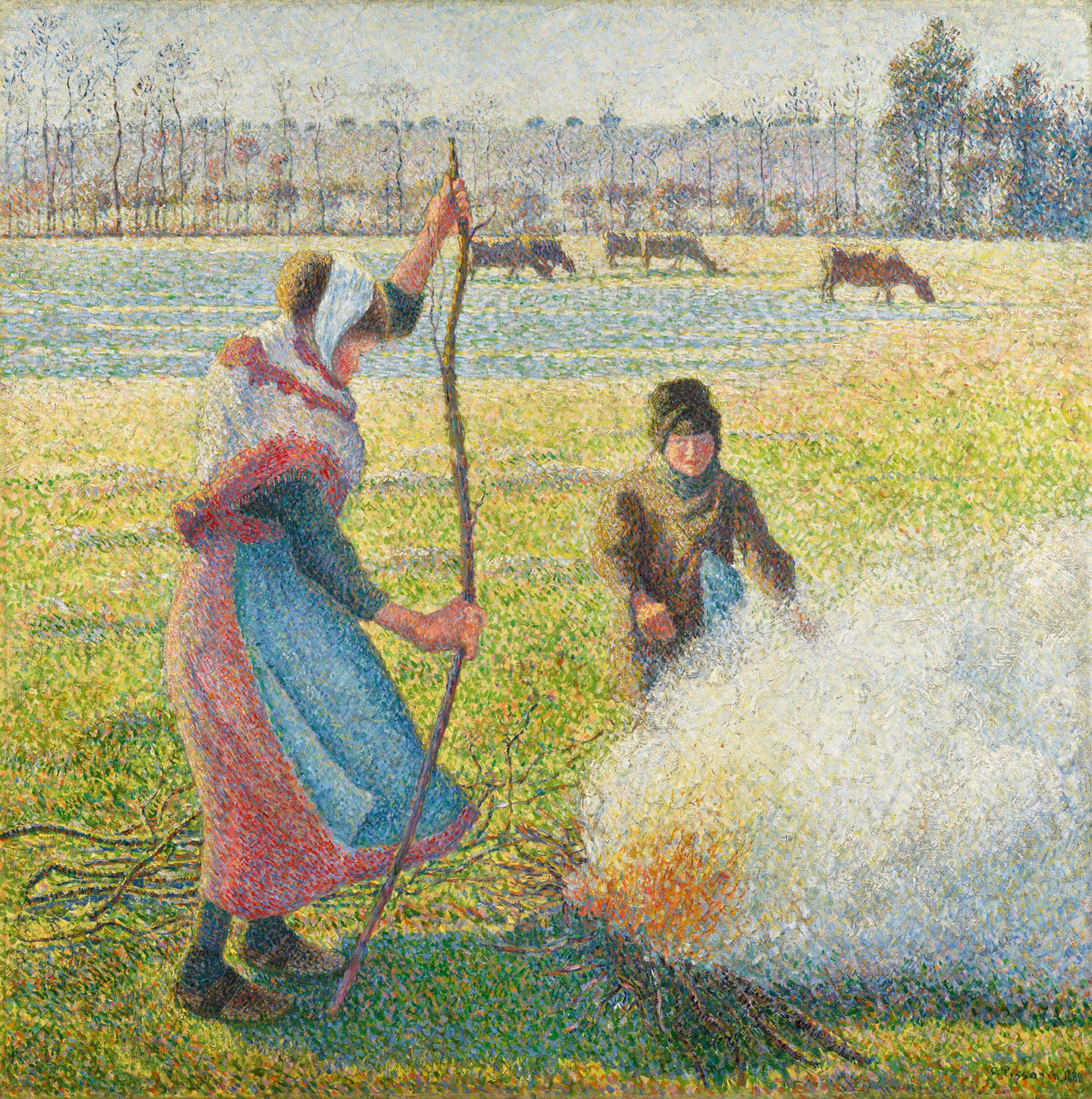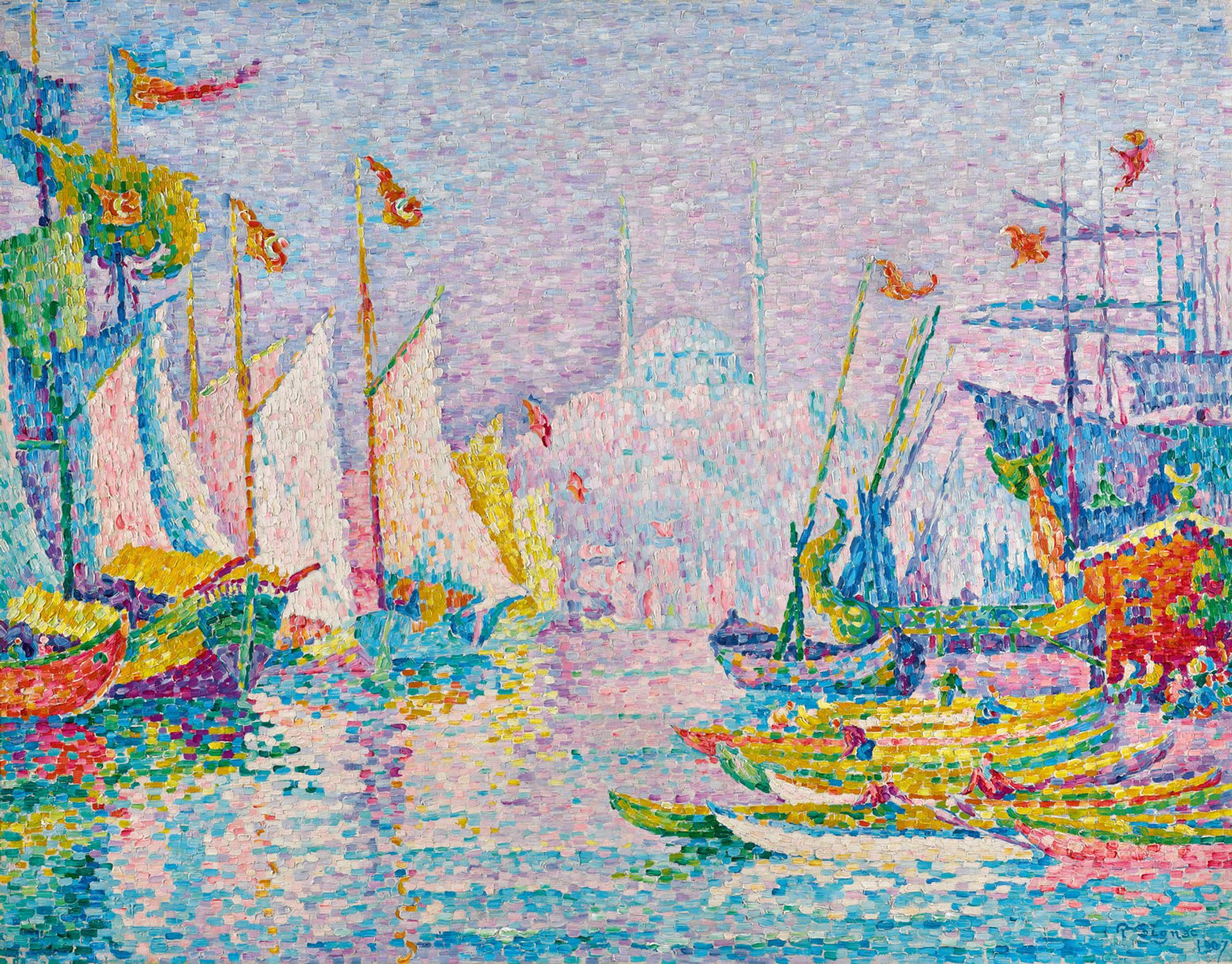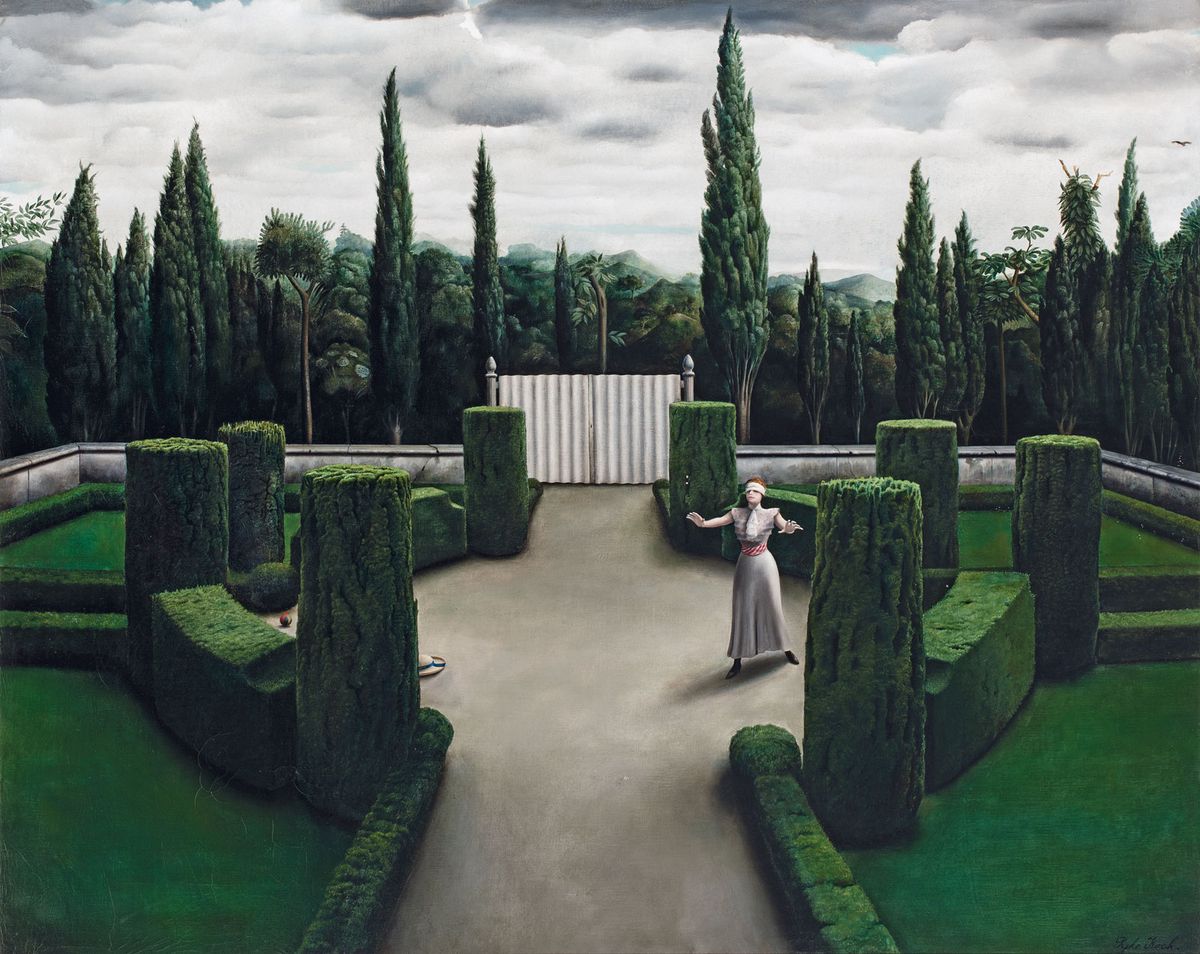Watched over by its new owner, Sotheby’s pulled off a healthy if small evening sale of Impressionist, Modern and Surrealist art last night—the first in a post-Brexit UK.
It was also a first London evening sale for Patrick Drahi, who was there with his two sons and entourage, including Dexter Goei, the chief executive of Drahi's Altice USA, who kept a close eye on the French-Israeli billionaire. Drahi said he enjoyed watching the sale and was all smiles and handshakes as he walked out of the sale room—the dealer David Nahmad was, it appeared, particularly keen to say hello.
Also present, over from New York, was Sotheby’s new chief executive Charles F. Stewart who—before being ushered away by Goei to dinner at Annabel’s—observed that the room seemed more energetic, having shaken off the pre-Brexit and pre-election uncertainty of the autumn sales (he joined the firm last October).
The 33-lot sale was certainly slim and that must in part be put down to Brexit hanging over the consignment period—there was also no separate Surrealist auction this year for the first time, with the few Surrealist lots rolled into the main sale. But, over within an hour, it was an efficient business-like sort of sale with 88% sold by lot (helped by ten guarantees) for a total of £42m (£49.9m with fees), just within a pre-sale estimate of £41.7m-£59.6m.
Last year, the equivalent Sotheby’s sale totalled £87.7m with fees, a third of which came from Monet’s Palais Ducal, which sold for £27.5m (with fees). That was down on the equivalent £136m sale in 2018, and a third of the record £194.7m in 2017, topped by Gustav Klimt’s Bauerngarten at £48m. Such fluctuations are evidence that results are far more driven by what you can consign than what you can sell. The latter tends to sort itself out.
“The days when Christie’s and Sotheby's can expect to have four blockbuster Impressionist and Modern auctions a year, in London and New York, are gone,” says the London-based dealer Hugh Gibson. “It’s an incredibly tough job to get in enough material to fill a day sale and an evening sale four times a year, and I think people underestimate that.” While there were “no fireworks”, Gibson thinks Sotheby’s should be pleased: “The material was a mixed bag and to have only four unsold lots, I think they should be pretty happy with that.” All eyes will be on the $700m Macklowe collection and the $450m estate of David B. Marron that should come to auction in May.
Last night’s sale was one of on the whole decent and sensibly priced works, but nothing spectacular—Melanie Clore of the London-based advisory Clore Wyndham described it as "swift and well-edited, and proof that [post-Brexit] this is not a parochial market—it is truly international". According to Sotheby’s around 80% of the works had not been on the market for over 20 years, and almost half of the sale total (£22.2m with fees) came from three restituted works. The paintings—two Paul Signac’s and a Camille Pissarro—were returned to the heirs of Gaston Prosper Lévy, a Jewish property developer living in Paris whose collection was looted by German troops after he fled the Nazi occupation.

Camille Pissarro, Gelée blanche, jeune paysanne faisant du feu (1887-88) Image courtesy of Sotheby's
Gelée blanche, jeune paysanne faisant du feu (1888) by Pissarro—which—was the top lot of the sale, competed by six bidders before selling on the phone for £11.5m (£13.2m with fees) against a £8m-£12m estimate. Before recently being returned to Lévy’s heirs by the French government, it had hung in the Musée d’Orsay in Paris, as had Signac’s La Corne d’Or (1907), which went for £6.5m (£7.6m with fees), again on the phone and at the top of a £5m-£7m estimate.
Meanwhile, the third Lévy work, Signac’s Quai de Clichy. Temps gris (1887), had been in the possession of Cornelius Gurlitt, inherited from his father Hildebrand Gurlitt, an art dealer who bought art in occupied France for Adolf Hitler’s planned Führermuseum. This little scene of a workmanlike boat and factory chimneys beyond, a subtler experiment in pointillism than the blowsy Istanbul sailing boats of La Corne d’Or, had beenrestituted to Lévy’s heirs by Bern museum in July 2019. Last night it sold to a bidder in the room for £1.1m (£1.3m with fees) above a £600,000-£800,000.

Paul Signac, La Corne d’Or. Matin (1907) Image courtesy of Sotheby's
Jean Metzinger's Le Cycliste (1913), apparently painted as a bet, had not been on the market for nearly a century and was another highlight of the auction, selling just above estimate for £2.5m (£3m with fees). On that there was Asian bidding (though it did not sell to an Asian buyer in the end) and Sotheby’s says that a third of bidders by lot were from Asia. A jewel-like little gouache of a horse and donkey by Franz Marc, Zwei blue Esel (Pferd und Esel), which had been in the New Walk Museum and Art Gallery in Leicester, sold for £3.4m (£4m with fees) to a German client, underbid by Philip Hook's phone bidder—last night was Hook's last sale before he retires from Sotheby's (though he is writing another book). That price pales in comparison, however, to the £15.4m (with fees) achieved by another, slightly larger gouache of horses, Marc's Drei Pferde, at Christie's London in June 2018.
But the wildcard highlight of the evening was a wonderfully weird mix of topiary and Magical Realism by the Dutch artist Pyke Koch. Florentijnse tuin (Florentine Garden, 1938) had been bought in 1989 and never appeared at auction before—it was also the first Koch to appear in an evening sale (be careful how you say that) and in any London sale. Last night, with numerous bidders, Florentine Garden sold for a record £450,000 (£555,000 with fees), more than double the estimate.
A special mention should go to the only work in the sale by a woman—Kay Sage’s Journal of a Conjuror (1955), one of a few works she made in the year after the death of her husband, Yves Tanguy, which sold for £180,000 (£225,000 with fees). And, at the end of the sale, a group of early Van Gogh works from a private US collection all sold for a combined £2.9m (with fees), topped by the drawing Orphan Man at £600,000 (£735,000 with fees)
Tonight’s Impressionist, Modern and Surrealist evening sale at Christie’s is estimated at a combined £73.3m-£108.7m.


